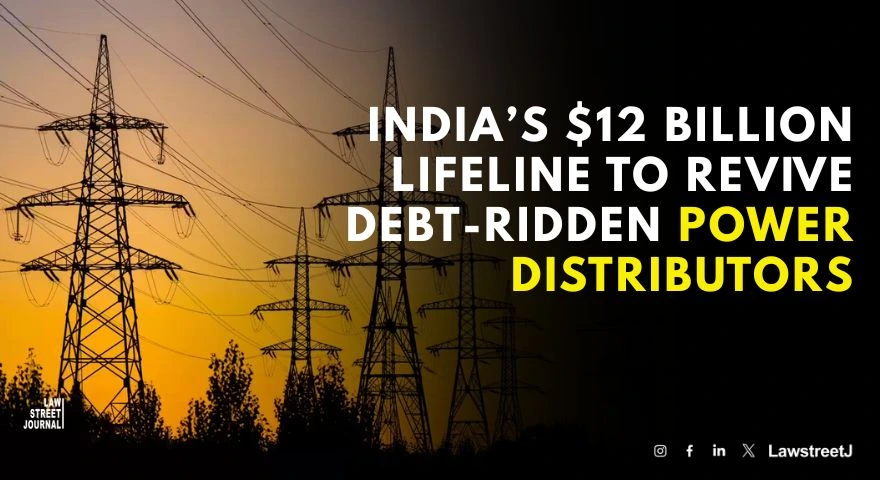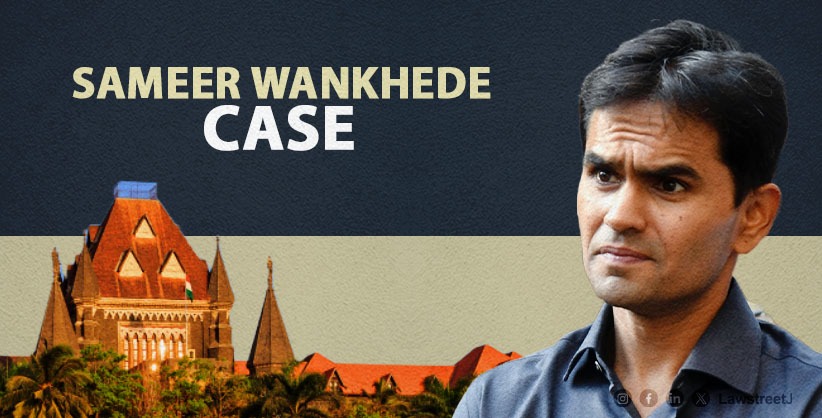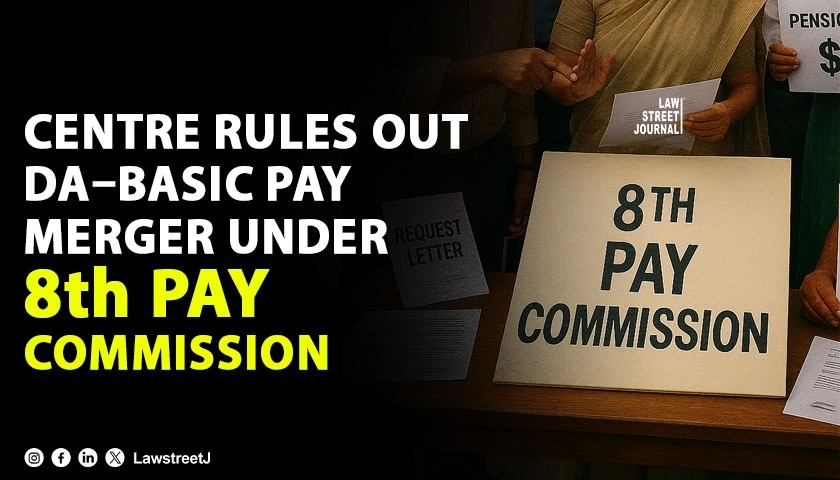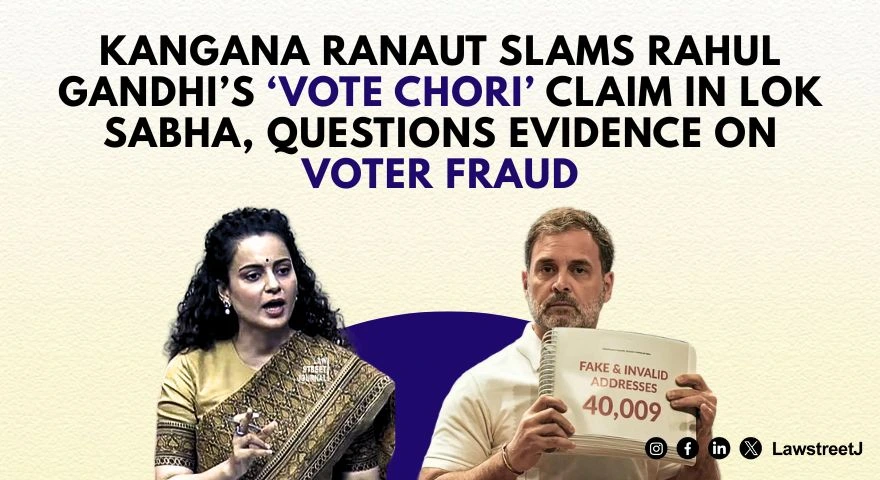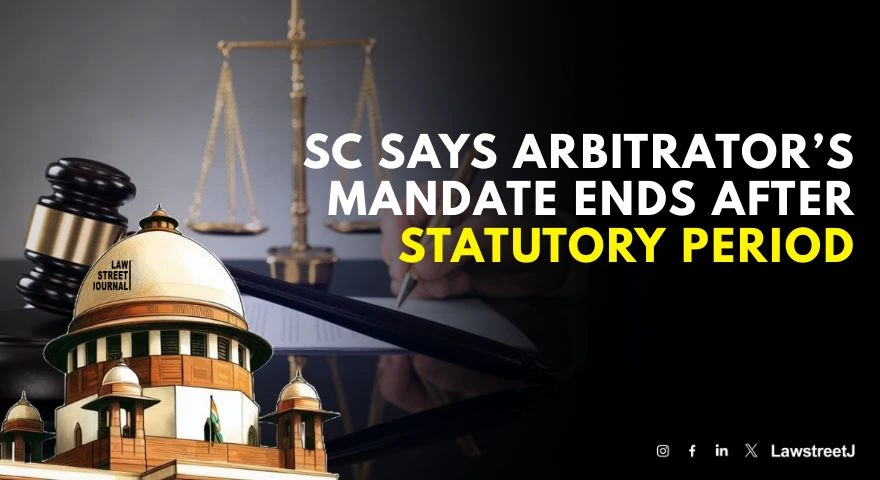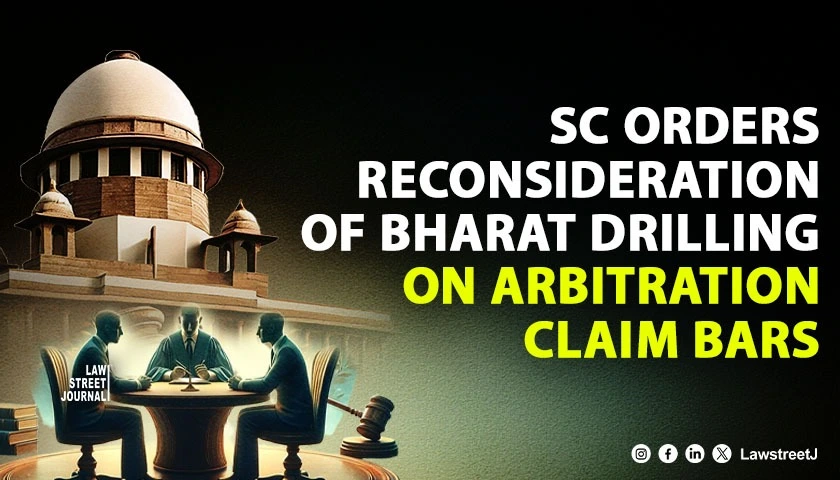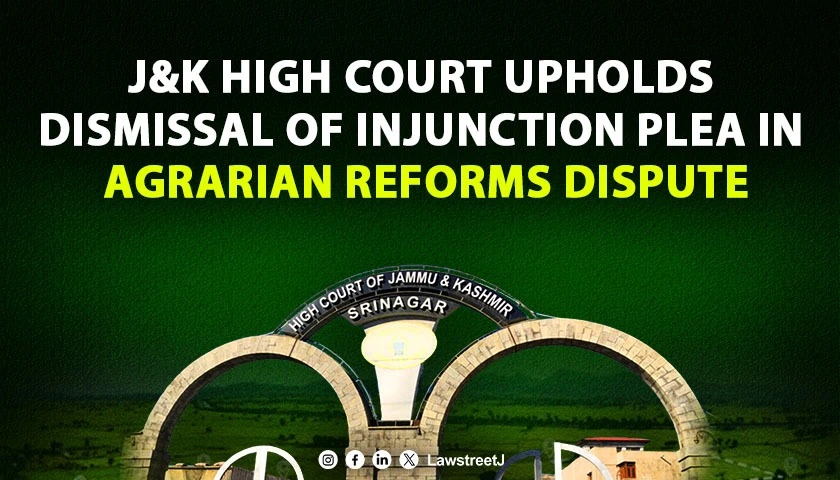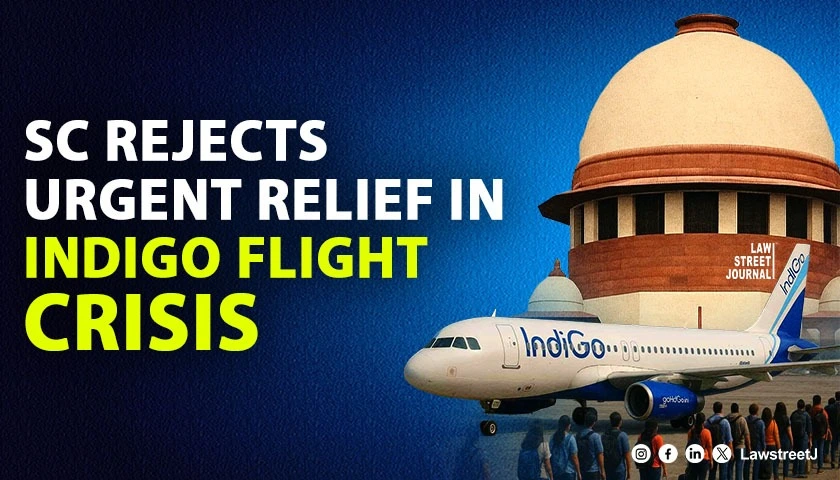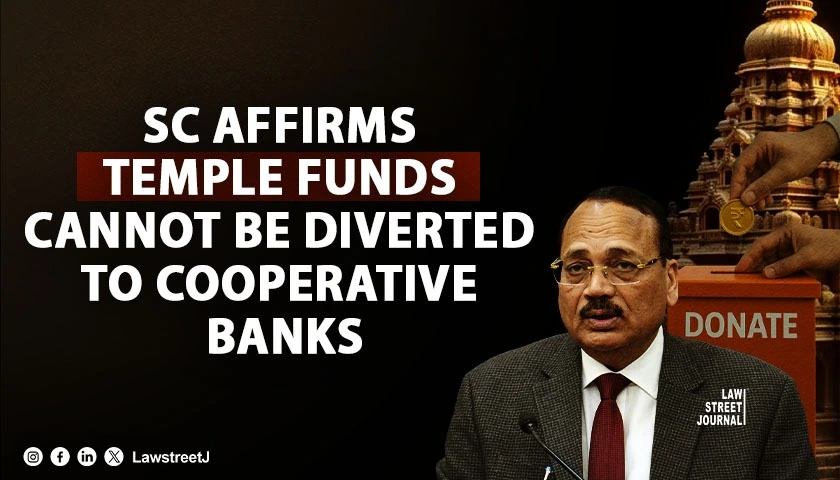New Delhi: The central government is putting together a ₹1 trillion ($12 billion) bailout package to pull state-run electricity distribution companies (discoms) out of deep financial trouble. The move, spearheaded by Prime Minister Narendra Modi’s administration, is being described by officials as one of the most comprehensive reform drives the power sector has ever seen.
Over the years, India’s power generation and transmission systems have become more efficient and attracted private investment. However, last-mile distribution has remained the weak link. Most state-run discoms continue to operate under mounting losses and heavy debt, affecting the entire supply chain from generators to lenders. Figures from the Ministry of Power show that in many states, aggregate technical and commercial (AT&C) losses still hover above 20%, far beyond the national target of 15%. Collectively, discoms owe more than ₹6 trillion to power producers and financial institutions. These delayed payments have squeezed liquidity across the sector, putting both state utilities and private suppliers under pressure.
The planned bailout seeks to fix these long-standing inefficiencies. States applying for assistance will need to commit to significant reforms—either privatising their discoms or listing them on stock exchanges. They must also ensure that at least one-fifth of their total power consumption is sourced from private companies, injecting greater competition and accountability into the system.
Reform Rules and Legal Backing
The bailout blueprint is being developed jointly by the Ministry of Power and the Ministry of Finance, and its full outline is expected in the Union Budget for FY2026. According to officials familiar with the draft, financial assistance will come with strict conditions.
The key requirements include:
- Debt Restructuring: States must shoulder part of the discoms’ outstanding liabilities to relieve pressure on central agencies.
- Privatisation or Listing: Management must shift to private hands or open up to public scrutiny through stock-market listings.
- Performance Benchmarks: States will be assessed on progress in lowering AT&C losses, improving billing systems, and resolving consumer complaints efficiently.
Experts note that the plan aligns with the Electricity Act, 2003, which allows private participation and emphasises performance-linked regulation. However, for reforms to be successful, states will need to amend their own electricity laws to enable privatisation and listing procedures.
The Central Electricity Regulatory Commission (CERC) and respective State Electricity Regulatory Commissions (SERCs) will oversee the rollout. They will track compliance, ensure tariff rationalisation, and monitor progress. Discoms that fail to meet agreed targets could lose access to central funds or face regulatory penalties.
Officials say the package could help stabilise the sector while also reducing the fiscal burden created by recurring discom losses. Healthier utilities would mean quicker payments to power generators, fewer subsidy obligations, and a more reliable supply chain.
Estimates from the Power Finance Corporation (PFC) suggest that efficiency improvements could save nearly ₹2 trillion annually through reduced losses and better billing. A stronger distribution network would also support India’s renewable-energy goals by improving grid management and integrating more solar and wind capacity.
While the central government will bear most of the ₹1 trillion cost, states will need to contribute through their own budgets and by restructuring existing debt. The Ministry of Finance is working on a combination of grants, low-interest loans, and performance-linked incentives to release funds in stages.
Industry voices have welcomed the renewed focus on reform but warned that execution will be critical. The Ujwal DISCOM Assurance Yojana (UDAY), launched in 2015, had shown early promise but failed to deliver lasting change due to uneven implementation and political resistance at the state level. Officials believe the new plan’s stronger legal backing and market-driven structure will help avoid those pitfalls.
If executed effectively, the ₹1 trillion lifeline could reshape India’s power-distribution landscape. Improved governance and financial transparency are expected to attract private investment, restore lender confidence, and strengthen overall energy reliability. The detailed framework will likely be announced in the upcoming Union Budget, followed by a phased rollout beginning mid-2026. Funds will be disbursed based on verified performance, ensuring states stay on track with their reform commitments.

